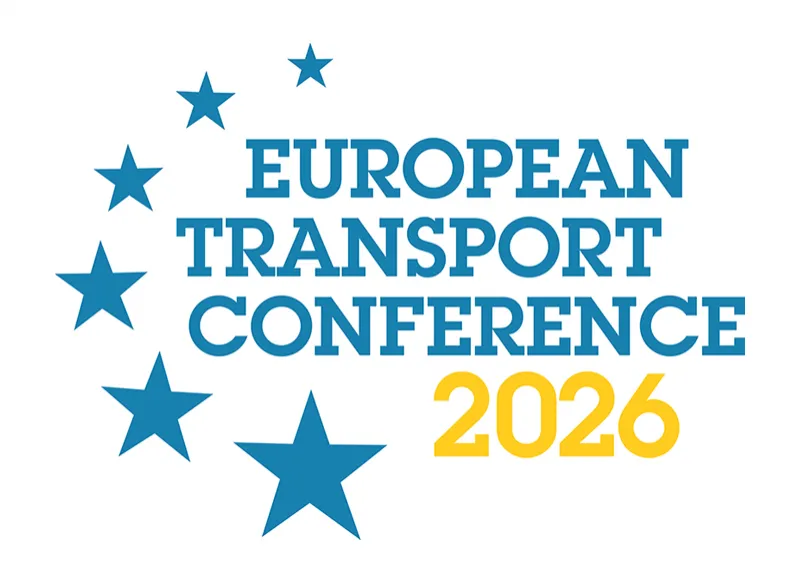-
Past ETC Papers

Browse, search and view papers from the past AET Conferences.
-
Members' Area

AET promotes networking and exchange of ideas, information and opportunities amongst members.
Conference Papers 2018
Dublin, Ireland
ETC Conference Papers 2018
BENEFITS OF PRIORITIZED USAGE OF SCARCE RUNWAY CAPACITIES
Seminar
Day 3 (12 Oct 2018), Session 10, Aviation, 14:00 - 16:00
Status
Accepted, documents submitted
Submitted by / Abstract owner
Erik Grunewald
Authors
Erik Grunewald
Florian Rudolph
Franz Knabe
Michael Schultz
Short abstract
Limited capacity at the busiest airports is a key driver for delays in commercial aviation. By introducing priority based resource allocation schemes, the provision of additional capacities at comparable levels of service becomes possible.
Abstract
Limited capacity at the busiest airports is a key driver for delays in commercial aviation. Therefore, scarce infrastructure resources such as take-off and landing slots at international airports have long been the topic of many scientific investigations, for example by Gilbo (1993), Abeyratne (2000), Kösters (2007), and especially by n/e/r/a (2004), dealing with resource efficiency, equality, and welfare. According to IATA’s Worldwide Slot Guidelines, strategic slot allocation already creates a limit on the total daily demand and at more granular intervals as required. However, the output of slot allocation and scheduling does not represent any ideal flight plan under real conditions. Instead, the traffic demand which arises during a day of operations, combined with the capacity actually available, thwarts any planning which is based on assumptions. In the existing air traffic system, this planning uncertainty is counteracted by way of a local resource allocation method, in order to find a satisfactory and primarily conflict-free solution. This local allocation takes into account the different possibilities which the arriving and departing aircraft have when creating control sequences. Essentially, arriving flights are regularly given preference over departing flights as a result of technical constraints, when these flights have to use the same or interdependent runways. Besides this, an adapted form of the First In First Out (FIFO) approach is applied. According to this, the operations at the runway are determined by the arrival at the regulated resource. Technical tools for influencing the take-off and landing sequences are available already at air navigation service providers. They can, however, only be used within very tight constraints in order to not breach the discrimination ban. That which would however be possible when utilizing the available capacities – when the air traffic system would allow a market-compatible differentiation – is demonstrated in this study.
Assuming that the slots allocated according to Regulation (EU) 95/93 have to be redeemed at the stated time - we show the effect on usable capacity. For effective improvements in capacity utilization, a differentiation of the commodity “slot” is proposed. The scientific discussion surrounding slot allocation has shown that slots have an economically measurable and differing value. Slots at attractive travelling times are more valuable than those at fringe times with falling demand. The value for each business might also be different and only airline managers can estimate this for their own fleet. However, none of this diversity is taken into consideration when resources are allocated at the airport. Based on the contribution from Grunewald, Knabe, Rudolph, and Schultz (2017), a close-to-reality simulation comes to bear which additionally allows both arriving and departing flights to be coordinated sensibly on the same runway and tolerates prioritization at the same time. We demonstrate by means of simulations the effects of different allocation modes at strategical level and at the day of operation on the available capacity, the quality of the traffic handling and discuss the incentivization effects of each approach. Best schemes maximize runway flow, punctuality or even connectivity. We use new indicators to highlight the outcome of different prioritization, for example to measure connectivity to and from ground based traffic.
The presented research is part of the Optimode project. Its aim is it to improve the intermodality of traffic hubs with a focus on passengers’ door-to-door trajectory. The project proposes varieties of ways to establish true multi-stakeholder collaboration, between infrastructure and service providers, transportation service providers, and travelers. Runway slot allocation alteration as presented in this paper takes advantage of collaborative decision making and may help to improve customer’s transfer to and from commuting traffic, including air travel, scheduled ground transportation, and individual mobility.
Programme committee
Intelligent Mobility - Management and Operation
Topic
Air Transport and Travel
Documents:

Association For
European Transport
Forester House
Doctors Lane
Henley-in-Arden
Warwickshire, UK
B95 5AW
+44 (0) 15 64 793552
VAT number: 710 1866 64
Conference Supporters & Endorsers




Legal Entity
The Association for European Transport is registered as an Association ('vereniging') with the Chamber of Commerce for Haaglanden in The Netherlands under company number 27170096.
Built on Zenario




